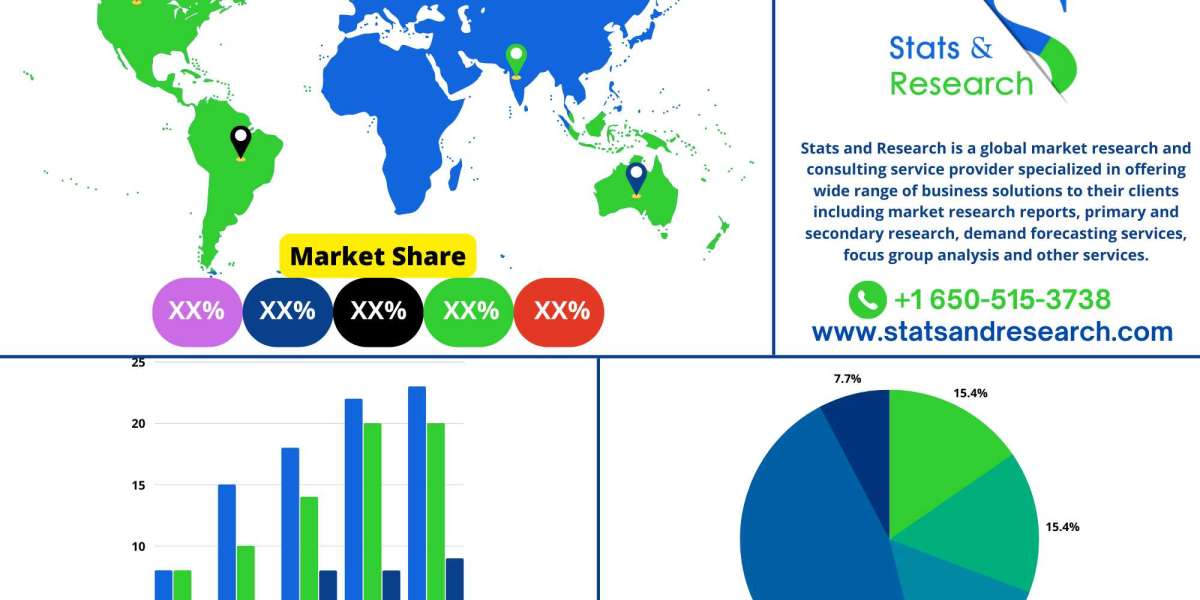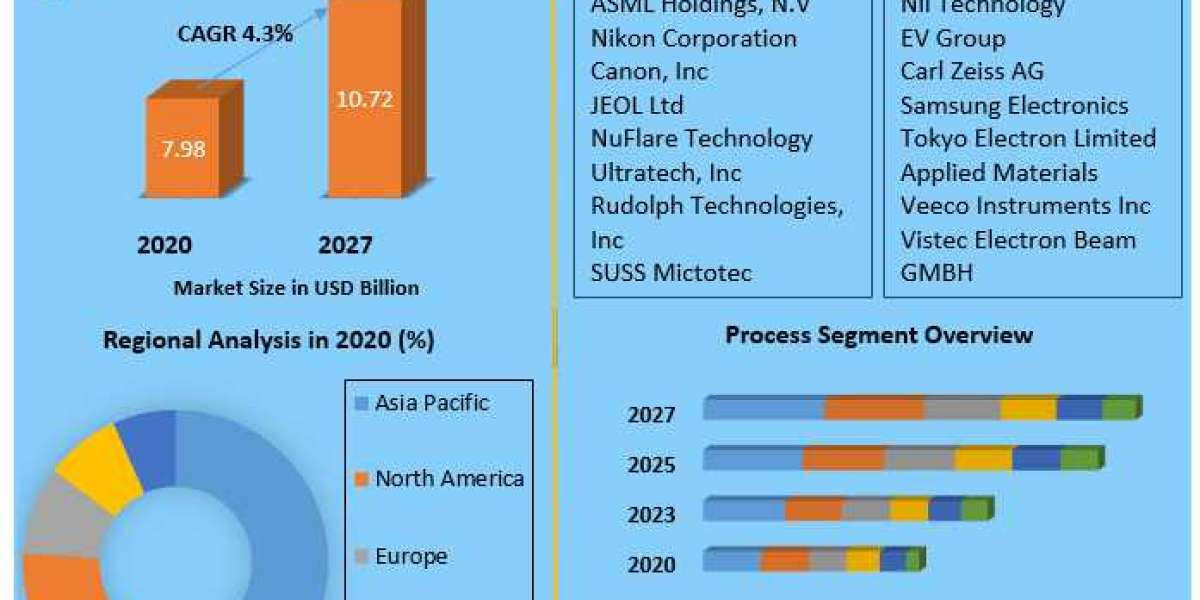A Critical Examination of PICO Questions in Healthcare
Addressing the Nursing Shortage:
The healthcare industry stands as a pillar of society, and at its core are dedicated healthcare professionals, notably nurses, who form the bedrock of patient care. However, an ongoing challenge threatening the efficacy of healthcare systems worldwide is the persistent shortage of nursing staff. The formulation of precise and effective strategies to mitigate this shortage necessitates a structured approach, and the PICO (Population, Intervention, Comparison, Outcome) framework serves as a valuable tool in framing essential questions and guiding evidence-based solutions.
Population:
The first component of a pico question for nurse burnout involves defining the population of interest. In the context of the nursing shortage, this pertains to identifying the specific demographic or group affected by the scarcity of nursing personnel. For instance, one might investigate how the shortage impacts rural communities versus urban areas, or whether certain demographics, such as pediatric or geriatric patients, face more significant challenges due to the shortage.
Intervention:
The next facet focuses on potential interventions or actions to address the issue. This could involve exploring strategies aimed at increasing the recruitment of nursing professionals, such as incentivizing nursing education, improving working conditions, offering competitive salaries, or implementing innovative technology to streamline healthcare delivery.
Comparison:
In the comparison phase, researchers aim to identify and compare different approaches or scenarios related to the intervention. For instance, comparing the effectiveness of financial incentives versus educational support in attracting and retaining nursing staff could offer insights into the most impactful strategies.
Outcome:
Lastly, the outcome component involves assessing the measurable results or consequences of the interventions implemented to tackle the nursing shortage. This could encompass evaluating patient outcomes, job satisfaction among nursing staff, healthcare facility efficiency, or the overall quality of care provided.
The nursing shortage presents multifaceted challenges that reverberate throughout the healthcare landscape. One pressing concern is the strain on existing nursing staff, leading to burnout, increased workloads, and compromised patient care. Consequently, formulating PICO questions becomes instrumental in identifying evidence-based solutions that address these challenges.
For instance, a PICO question could revolve around exploring the impact of nurse-to-patient ratios on patient outcomes. By comparing different staffing levels in healthcare settings and analyzing the resultant patient outcomes, policymakers and healthcare administrators can ascertain optimal staffing ratios that ensure both quality care and nurse well-being.
Moreover, examining the effectiveness of retention strategies, such as professional development opportunities or mentorship programs for new nurses, through the PICO framework can provide valuable insights into enhancing job satisfaction and reducing turnover rates within the nursing workforce.
Additionally, considering the advent of technological advancements in healthcare, another pertinent PICO inquiry could delve into the efficacy of telehealth and remote monitoring systems in alleviating the burden on in-person nursing staff. This comparison could shed light on how technology can complement traditional nursing practices and optimize healthcare delivery amidst staffing shortages.
In conclusion, the nursing shortage remains a critical issue demanding immediate attention and evidence-based interventions. The PICO framework serves as a structured approach to formulating essential questions and evaluating potential solutions. By employing this framework, healthcare stakeholders can drive informed decisions, innovate strategies, and ultimately work towards ameliorating the nursing shortage for the betterment of healthcare systems and patient well-being.


